Basic Contract Documents Every Construction Contract Must Include
Contract management is an extensive process that leads from the initiation of the project to its completion and handover to the client. The main purpose of this process is to make sure that the objectives of the contract are met on time and the value is earned. There are several types of contacts used in various industry projects. Civil works contracts are the most complex ones throughout the world. Thus, they require the most challenging practices. In this article, we will discuss the common types of contract documents that every construction contract must include.
Table of Contents
1. The Project Overview
The project overview is the cornerstone of any construction contract. It provides a comprehensive description of the project, including its scope, objectives, and location. This section sets the stage for the entire contract, giving all parties a clear understanding of what is expected.
7 Types of Construction Technology Shaping Industry – projectcubicle
2. Parties Involved
This section identifies the key players in the construction project. It is crucial to include the legal names and contact information of all parties involved, including the owner, contractor, subcontractors, and architects.
3. Scope of Work
The scope of work defines the specific tasks and responsibilities of each party. It leaves no room for ambiguity and serves as a reference point throughout the project.
4. Project Schedule
A well-defined project schedule is critical for project management and progress tracking. It should include start and end dates, as well as timelines for various project phases.
5. Payment Terms
Clear payment terms are essential to avoid disputes during the project. This section should outline the payment schedule, methods, and any penalties for late payments.
6. Insurance and Liability
Construction projects involve inherent risks. Therefore, specifying insurance requirements and liability provisions is vital to protect all parties involved in case of accidents or unforeseen events.
7. Safety Measures and Regulations
Safety is a top priority in the construction industry. Outlining safety protocols and adherence to local regulations is essential for minimizing risks and ensuring the well-being of all workers.
8. Change Orders
Change orders are common in construction projects when modifications to the original scope of work are necessary. This section should detail the process for requesting and approving change orders, including cost implications.
Construction Accounting: Optimizing Cash Flow – projectcubicle
9. Termination and Dispute Resolution
While it’s not something anyone hopes for, including termination and dispute resolution clauses is prudent. It outlines the steps to be taken in case the contract needs to be terminated or a dispute arises.
Contract Management
Contract management includes preparation, analysis, and execution of contracts to guarantee functional and economical performance is increased, and risks are decreased. If a contract is created poorly, one or all parties might lose a high amount of money and resources. When managed efficiently, contract management provides a good business relationship and high profitability to the parties. Depending on the size of an organization, a lawyer can be employed to ensure the precise wording for contracts. It is obvious that the preparation of an effective contract is one of the most important steps for successful project management.
Construction Contract Types & Construction Contract Documents
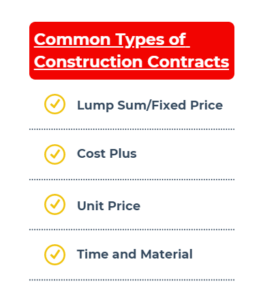
A construction contract that includes typical contract documents is a legal agreement between the client and the contractor that describes what and how to be constructed. It is a commitment for both the contractor and the client that defines terms related to the executed work, price, and the amount of compensation. It also includes clauses regarding how compensation will be distributed. Typically, a construction contract is a set of documents created by different parties.
Each construction project should have a contract and each contract should include basic contract documents. Although there are a lot of construction contract types used in the industry, certain types of them are preferred by contract managers.
Below are some of the most common types of construction contracts;
- Lump-Sum/Fixed Price
- Cost Plus
- Unit Price
- Time and Material
Selecting the construction contract type depends on the scope of work and the owner’s risk tolerance.
Standard Forms of Construction Contracts
Using standardized forms for construction contracts enables to use the same conditions for different projects. Standardized forms also create a framework for the content of the contract. Thus they prevent you to forget adding basic contract documents and essential information while creating.
Contract managers in the construction industry generally use one of the following standard forms below;
- FIDIC– Fédération Internationale Des Ingénieurs-Conseils
- General Conditions of Contract for Construction Works (GCC).
- JBCC Series 2000
- New Engineering Contract (NEC3)
What are the Basic Contract Documents ?
Typically, contract documents are listed and numbered in the contract. They are the reference documents that describe the conditions of work to be performed. From this aspect, they are a legal part of the contract which describes the work such as performing services, furnishing labor, and supplying materials and equipment for the construction.
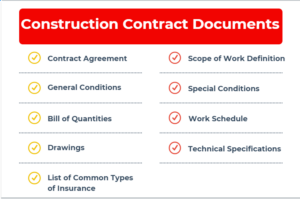
Contract documents include both written and graphic elements. Below are some of the common types of contract documents that should be included.
1. Contract Agreement
A contract agreement defines the agreement between the client and the contractor in which the parties are specified and their responsibilities are defined in the construction process. It is the essential document to which other contract documents attach or reference. A standard document such as the AIA contacts can be used for the agreement.
2. Scope of Work Definition
Scope of work should describe the project, the project deliverables, and the statement of work. It must specify all tasks, duties, and limitations to get anticipated results in accordance with the project objective.
3. General Conditions
General conditions define all general terms and items such as utilities, vehicles, organizational structure, mobilization, and demobilization. But these items are not directly related to the construction activities. Obligations of both parties, general conditions, overhead costs, bonuses, and some other conditions are included in this portion.
General conditions set the framework of the contract that establishes all the rights and obligations of the parties involved.
Simply put, general conditions answer the how questions;
- How change orders are submitted
- How payment applications are processed
- How disputes are resolved
4. Special Conditions
Special conditions describe specific requirements and instructions for the work. Mostly they are addendums to the general conditions. Special conditions include details and conditions regarding the individual tasks or the whole project.
5. Bill of Quantities
Bill of Quantities is a document used for tendering that lists all work to allow the contractor to price the work for which he or she is bidding. It includes quantity and price for each work and after the bidding phase, it will be an attachment of the contract document.
6. Work Schedule
Work schedule is very important for both parties. Because a project cannot be performed without a proper plan. A project schedule shows site delivery date, start and finish milestones, project duration, and other useful information. Tasks are listed and grouped under specific Work Breakdown Structure levels such as civil, electrical, and mechanical works within a project schedule.
A work schedule can be created by using various project scheduling techniques.
7. Drawings
All contracts should involve drawings that form part of the work to be done. Drawings illustrate quantities, locations, dimensions, sizes, shapes, and forms of the elements. These drawings can be architectural, statical, electrical, mechanical, landscape. They must include adequate information for the entire project that’s being contracted.
Construction drawings include elevations, sections, and profiles for the building to be constructed.
8. Technical Specifications
Technical Specifications describe the materials, workmanship, and equipment required for a task. Typically technical specifications describe the end product, therefore, the client should describe them clearly before the tendering stage. Every little task should be specified and deviation limits should be determined in technical specifications.
9. List of Common Types of Construction Insurance
Construction insurance provides coverage for material, risks, natural disasters, employees.
Performance bonds, specific types of coverages, and all risk insurance should be determined clearly in the contract in order to protect both parties and avoid disputes. Because contract documents often create the basis of any claim.
Additional construction documents can be added such as Master Format Outline depending on the client, type of project, and/or location. MasterFormat is produced by the Construction Specification Institute (CSI) to organize specifications for commercial and institutional building projects. It provides standardization and facilitates communication among parties involved in construction projects.
Summary
A Contract is one of the most important documents for any construction project. All the rights and responsibilities of the parties are detailed in the contract. Therefore a construction contract must include supplementary documents. These common types of contract documents have different forms such as written specifications, drawings, and charts. For successful construction project management, basic contract documents should be created and managed effectively. Additional documents such as Master Format Outline can be added to the main contract document depending on trade specification. The purpose of these documents is to develop a system to solve claims and potential problems in the case of any legal action.
If a change occurs, the extent of change can be measured depending on the drawings and other important documents available in the contract.
When it comes to avoiding disputes, having a well-created contact in place is invaluable.
See Also

Thank you dear reader!

Victor Z Young is a Civil Engineer with 35 years of experience working alongside the executive team of various construction companies. Victor specializes in construction insurance, delay analysis, performance analysis and engineering. He holds a Doctor of Project Management from Northwestern University.

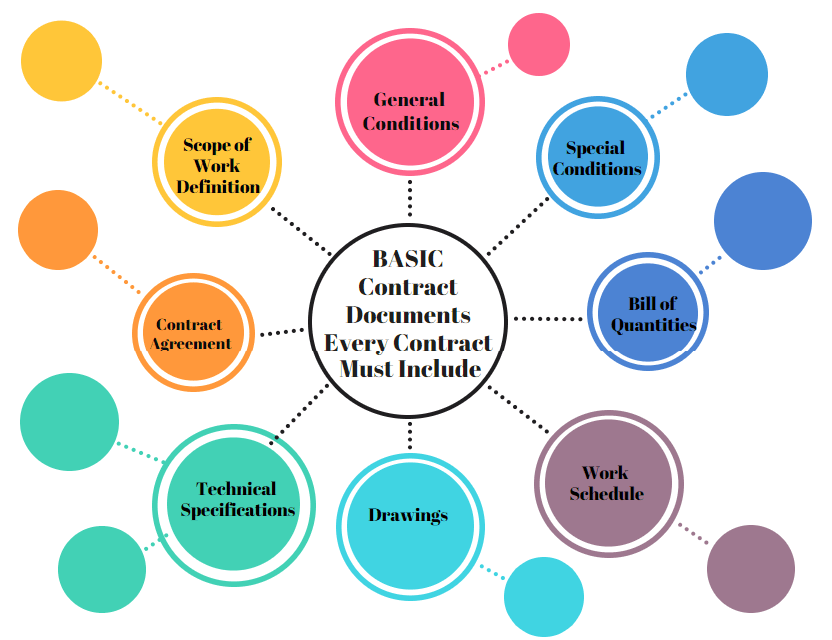
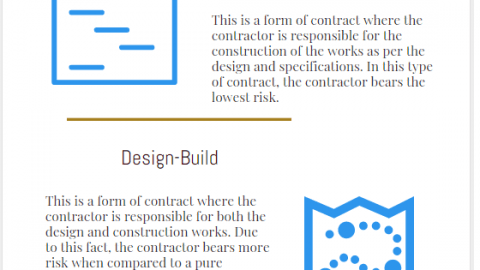
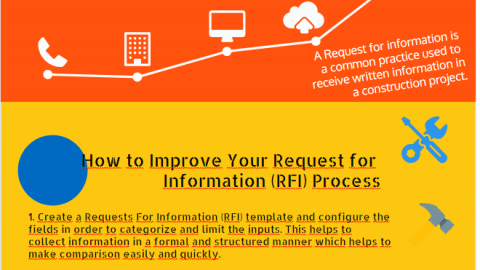
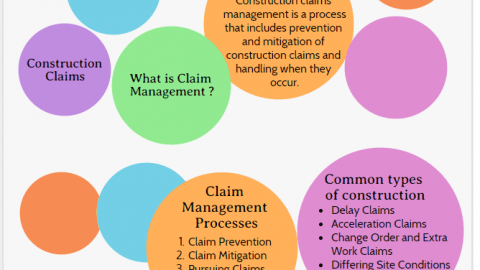
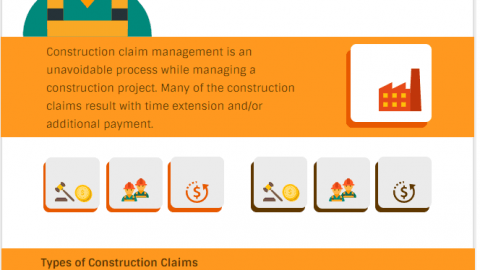

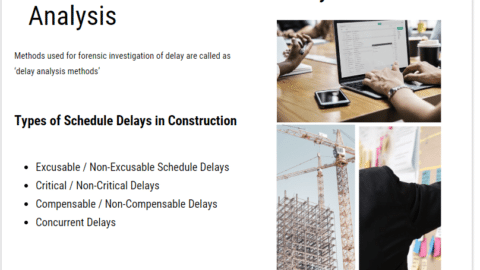

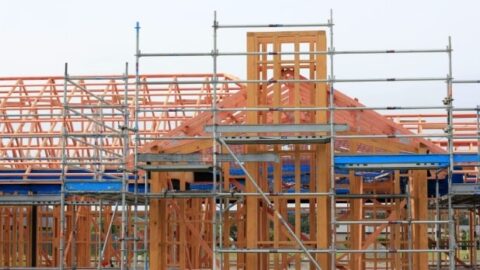

Your article really made my day. I’ve been surfing through the internet to get an interesting article to read. I stumbled on your content and it really intrigue me.
Iam releived to see your company how shall I be among you
Iam civil engineering student in diploma level
Nyce content thanks
This article has captured the subject of Contract Documents well and appropriately for beginner in Construction industry who will find it extremely useful. Thanks Dr. Victor Z. Young
I am a socioeconomic development planner. Your article has really made me powerful among my colleagues engineers. In fact sometimes I explain better a term or concept of civil engineering than them. Your article is an Eye-opener and a must read article. Thank you.